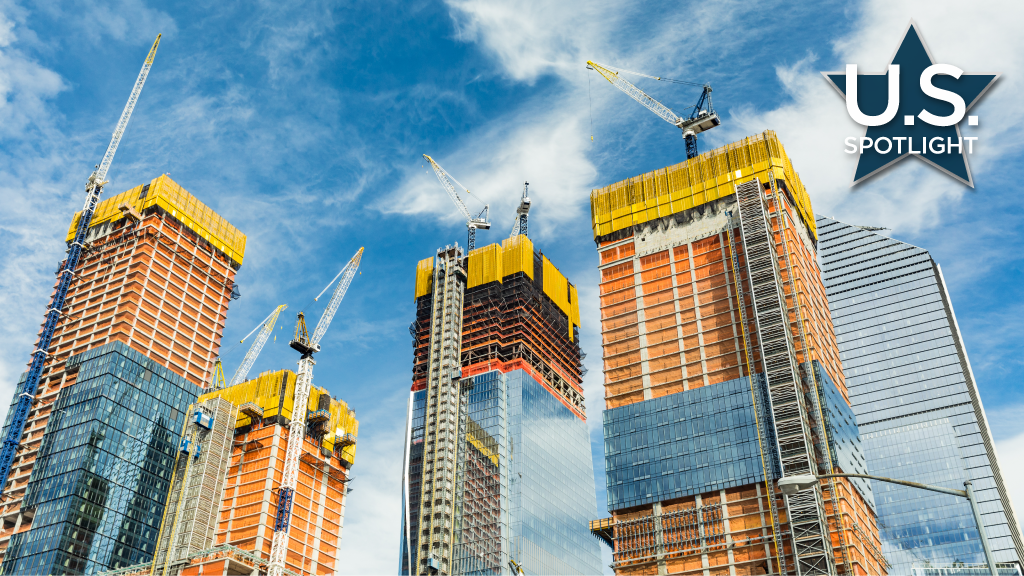Changes to the definition of a “major building” in the New York City building code this December that will require every project seven storeys or taller to have an approved site safety plan (SSP) and safety co-ordinator will impact thousands of buildings.
The current edition of the code only requires a SSP and safety co-ordinator for buildings 10 storeys or more.
The seven-storey mark was chosen because most fatalities have been occurring on low-rise construction, “which typically are built by smaller contractors with less, if any, resources for training and safety management,” says Peter Amato, president of New York City-based construction safety consulting firm Site Safety LLC.
“The City of New York requires extensive safety training for workers and this new requirement will help reduce fatalities on construction sites.
“This is a great change.”
A former assistant commissioner at the NYC Department of Buildings, Amato has more than 25 years of experience consulting on safety to thousands of major buildings in New York and is a founding member of the Construction Safety Advisory Committee of New York.
A SSP identifies protections to be installed on and around a construction site to protect property, workers and the public. The initial cost can range from $4,000 to $10,000 and is amended throughout the project, says Amato, adding that under the code change a safety co-ordinator will be required every day of work.
Brian Sampson, president of the Associated Builders and Contractors (ABC) Empire State chapter, says the ABC supports making projects safer for workers and the general public, but the code change is not without concerns.
He stated there may be rising costs to complete projects under the changes.Dennis Kiefer, member services director for the NYC Associated General Contractors of New York State, suggests the additional costs for safety will not be “a deal breaker” for most developers.
Calling the shift to more safety on lower-storey projects “a good thing,” Kiefer says the change will affect many contractors in the city because there is a need for a lot of smaller buildings.
He says no one should be surprised by the changes this December because they have been on the table for several years.
In June the AGC held an educational program to inform members on the ins and outs of the code change.
While there is a pressing need for affordable housing, the code change might not affect many projects which Kiefer suggests are primarily lowrises, below seven storeys tall.
Sampson says while he doesn’t expect the DOB will be backed up with applications for safety permits in December, going forward the department should be prepared for a surge in applications.
“We’re seeing architects and engineers getting busier as interest rates come down. There is a potential for crisis if the market opens up very quickly.”
Kiefer believes the DOB can handle that increase in business because of the department’s expansion efforts over the past few years that include expediting the licensing process.
Sampson says there has been a decline in injuries and fatalities on New York projects over the last few years partly because as of 2019 all workers have required site safety certification cards.
Amato says contractors won’t be able to obtain a permit without an SSP and a safety co-ordinator. The DOB will issue a stop work order and implement fines on projects without a safety licence.
The safety consultant adds the new safety standard, which is driven by insurance companies, “is unheard of anywhere else in the world besides private sector companies requiring safety management as a matter of policy.
“I do think that New York City serves as a model for construction safety more than other large municipalities.”











Recent Comments
comments for this post are closed